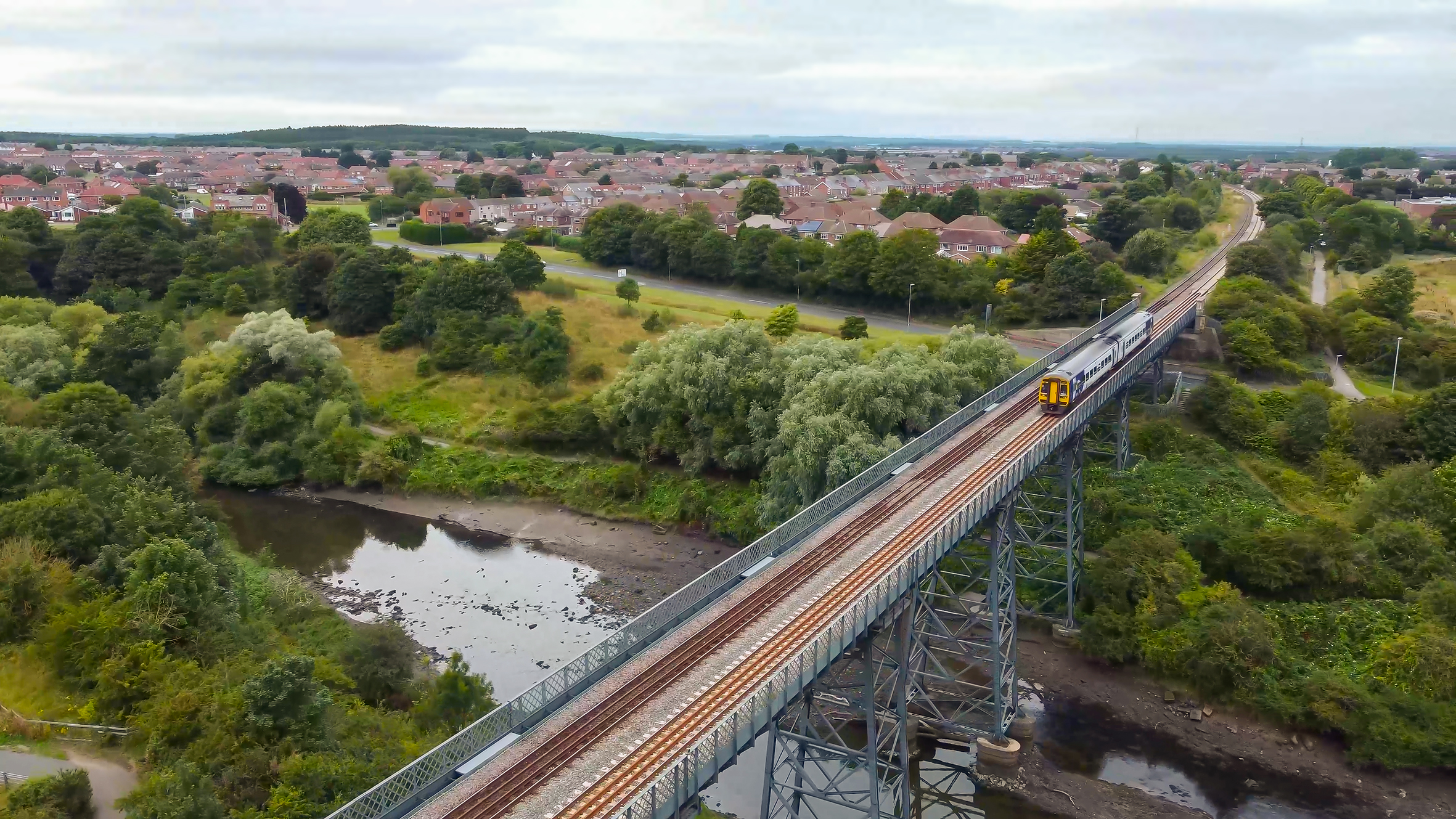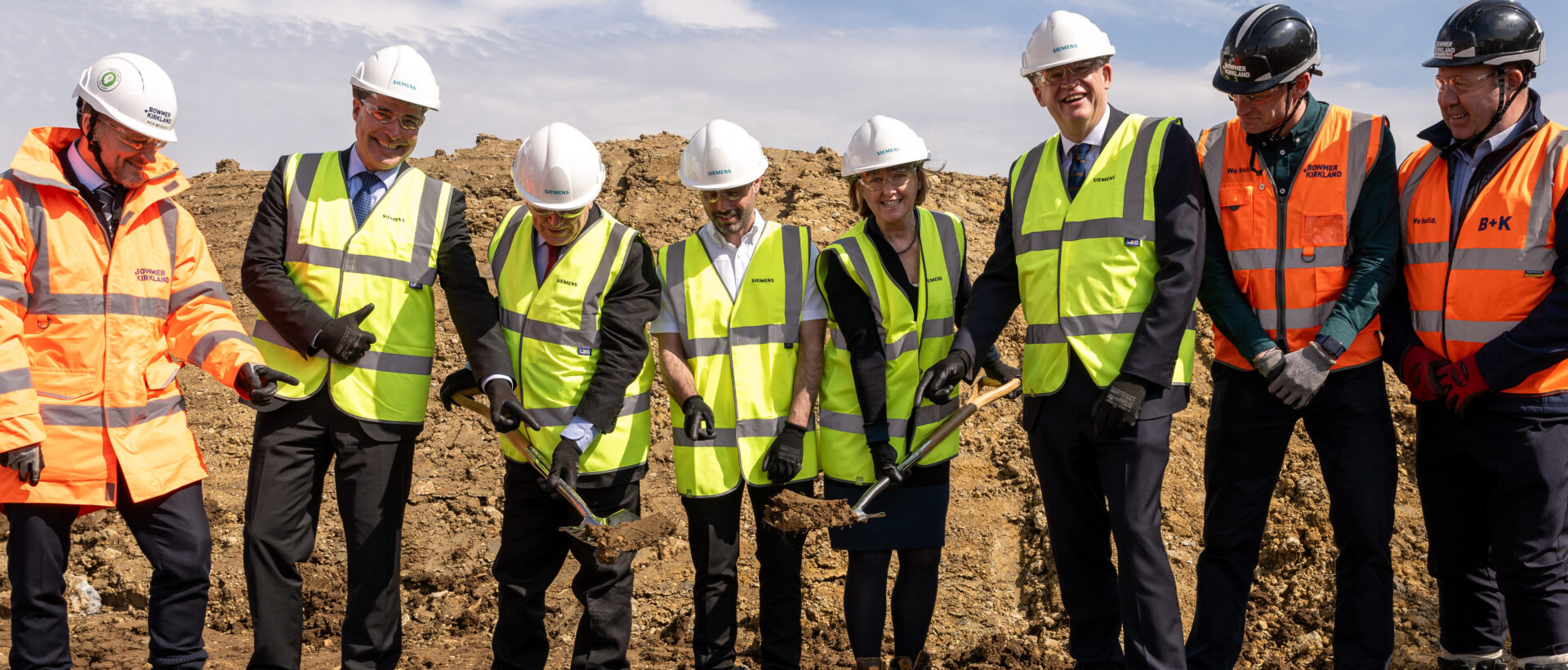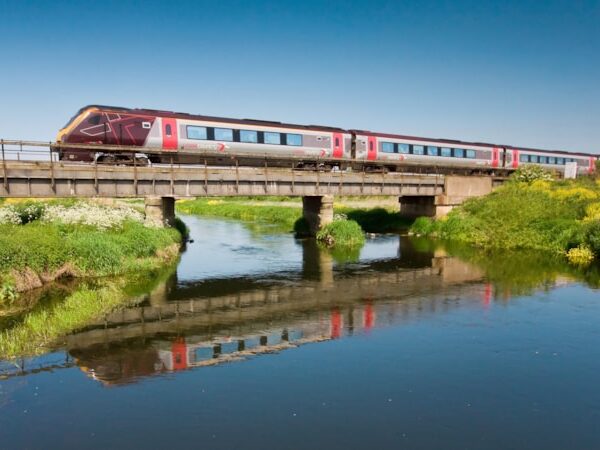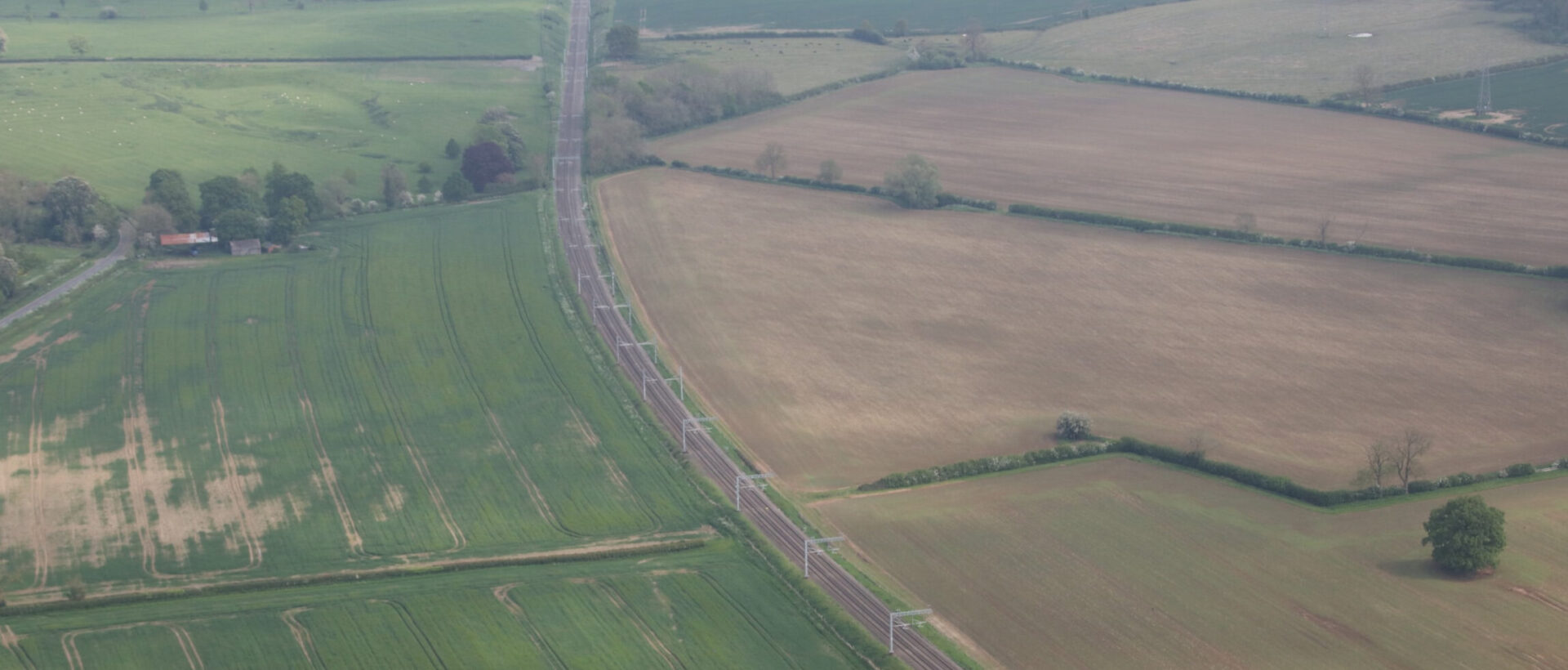In 1963, noted physicist Dr Richard Beeching, who was appointed chair of the British Railways Board under the Macmillan government, published the first of two reports that would alter the state of rail services in the United Kingdom for generations to come.
The Reshaping of British Railways, a report detailing a series of proposals for the future of rail within the United Kingdom, called for the closure of around 2,400 of the country’s railway stations, removing rail access for roughly 5,000 route miles and, according to Beeching, saving up to 18 million GBP per year.
The proposals, which also included the cutting of nearly 67,700 railway jobs over the course of a three-year period, were, naturally, met with a large amount of criticism from many corners, with particular ire drawn from unions, the Labour party (who would, ultimately, choose to continue to implement a number of Beeching’s proposals) and, of course, standard railway users across the country.
Beeching’s first report came following the country’s Railway Mania phase of the 19th century, a period of massive investments into the UK rail network that came to a halt in the 1860s. The large financial investment that had been poured into the system became unsustainable, and as a result, the country quickly started falling behind, unable to keep up with increasing demand for rolling stock and general repair costs, problems that were compounded by the existence of duplicated routes. In the 1950s, the adoption of personal vehicles competed with railway demand and investment, which led to a rapid deterioration of the railways in many crucial areas.
Upon investigation, Beeching found that the UK’s railways operated at a substantial loss through a lack of use, an abundance of unnecessary services and exorbitant operating costs, and his proposals were levelled in such a way as to ignore emotion altogether, stating in an address to the Institute of Directors in 1962 that “an emotional approach to the railways was not helpful, and that there was far too much opinion and not enough understanding of the problem.”
Following Dr Beeching’s proposals, railway stations across the country began to close, restructure or cease operations almost entirely, though it is important to note that the trend of decommissioning railway lines started in the 1920s by the railway companies themselves, and when the railways were nationalised after WWII, a further 3,000 miles of track were closed.
Routes affected by the Beeching proposals included both Nottingham & Sheffield Services to London Marylebone, Edinburgh to Carlisle, Perth to Kinnaber and many more across the thousands of services affected by what is colloquially referred to as the ‘Beeching Axe’, with station and line closures sweeping the nation as a whole.

Repurposed Rail
In 1965, Beeching published his second report, The Development of the Major Railway Trunk Routes, which put forth a set of proposals suggesting that of the the 7,500 miles of trunk rail routing in the United Kingdom, a total of only 3,000 miles should be chosen for future investments, routing all remaining rail traffic through nine dedicated lines across the country.
As a result, Beeching proposed that traffic to the north-east side of the UK would operate through the East Coast Main Line north of Newcastle, traffic to Wales & the West Country would operate along the Great Western Main Line before reaching Swansea & Plymouth and traffic to Birmingham, Manchester, Liverpool, Coventry and Scotland would therefore operate along the West Coast Main Line running to both Carlisle and Glasgow.
These proposals, which were roundly rejected by the Labour government, were influenced by Beeching’s belief that large amounts of the rail network were still operating an excessive number of duplicate services, and whilst the report did not put forth any additional closures, the direction of investment would nevertheless funnel resources to these nine main lines.
Following the rejection of his latest set of proposals, Beeching returned to his post at British chemical company, ICI. Whilst there has never been any official statement as to the reasoning behind the early termination of his governmental advisory position, it is widely believed that he may have been fired following the failure of his second attempt at the reinvention of the rail network.
Life After Beeching
With the UK’s rail network having lost a monumental number of services, large numbers of potential commuters were left without options for travel in rural communities throughout the UK, with regions such as the South West left with the bare minimum number of potential connections to reach further destinations. Those without cars were recommended to catch replacement bus services that would transport them to the nearest railway station in order to complete journeys, but with slower service and less convenience, the bus replacement scheme was scrapped within two years of their introduction.
Later governments certainly made their own attempts at cuts of their own, with both the 1970 Conservative Government and Thatcher’s Government in 1982 compiling their own reports into the feasibility of further condensing the railways, but nothing was ever truly committed, leaving the railway pruned to a slim figure for the foreseeable future.
Reverse-Beeching: The Return of the Rural Railway
In November 2017, the Conservative government announced that it was formulating plans to reverse a number of closures made as a result of the Beeching Report of the 1960s, reintroducing services at stations that, at the time, were either serving as hubs for heritage rail journeys or lay dormant altogether. The decision was made to address congestion and introduce transport options for burgeoning rural communities left without adequate transport infrastructure.
Whilst a number of lines and associated stations shelved by the Beeching cuts had been reopened in the past, the new initiative opted to reinstate a number of lines as an alternative to building new infrastructure. In 2020, the government announced the ‘Restoring Your Railway’ fund, a 500 million GBP pot intended to be invested in developing proposals, feasibility studies and business cases for the re-opening of local lines and stations across the country, the repurposing of existing freight lines for passenger services and modification of former routes lost to urban expansion.

Over the next four years, 38 separate projects managed successful bids for further feasibility investigation, with bids approved for schemes all over the UK, with one of the most notable ones being the reinstatement of a full passenger service on Devon’s Dartmoor Line between Okehampton and Crediton.
The Dartmoor Line
The Dartmoor Line was officially withdrawn by British Rail in 1972, before seeing a limited service as a heritage railway line between 1997 and 2019. During this period, weekly journeys were operated by the Dartmoor Railway, a local company running weekend services during the summer months.
In February 2020, the railway entered administration following the end of heritage services, with all remaining rolling stock relocated to Meldon Quarry after its closure in 2011.
In 2021, ownership of the line was transferred to Network Rail, following the announcement of its re-opening as part of the Restoring Your Railway scheme in 2020, with lines set to commence re-operation in November that very same year.

The line, which was delivered 10 million GBP under budget, had served more than 550,000 passengers by its second anniversary in 2023, having successfully extended bus services towards towns such as Tavistock, Launceston and Bude since its re-opening.
The opening of the line has since been considered one of the greatest successes of the programme as a whole, with more than 250,000 passengers travelling on the line within the first 12 months of its re-opening, prompting the construction of a brand new station, Okehampton Interchange, on the eastern side of the town.
The Future of Reverse-Beeching
In 2024, the Labour Chancellor of the Exchequer, Rachel Reeves, announced the end of the ‘Restoring Your Railway’ fund, stating that any un-completed projects would, ultimately, be cancelled in order to reduce national spending.
However, for those in rural communities, not all is lost. For towns such as Portishead, there is still light at the end of the (probably phone-signal devoid) tunnel.
Residents of the town recently received the news that the The West of England Combined Authority has pledged an investment of 27 million GBP to restore the former Portishead Railway line, with work on the connection to Bristol set to begin this summer and completion expected around 2027.
In other regions, work is now well underway to restore the Camp Hill Line in Birmingham, and Charleston Station, South Gloucestershire, is set to re-open in 2027 following a feasibility study authorised in 2019.
Dr. Beeching’s efforts to reduce strain on the railway network may have been something of a ‘tough-love’ approach to the redesign of the United Kingdom’s system, but it’s clear that whilst some decisions might have been made for the greater good, the voices of rural communities can bring back even the most forgotten tracks.
This article originally appeared in the latest edition of the Railway-News magazine.

























